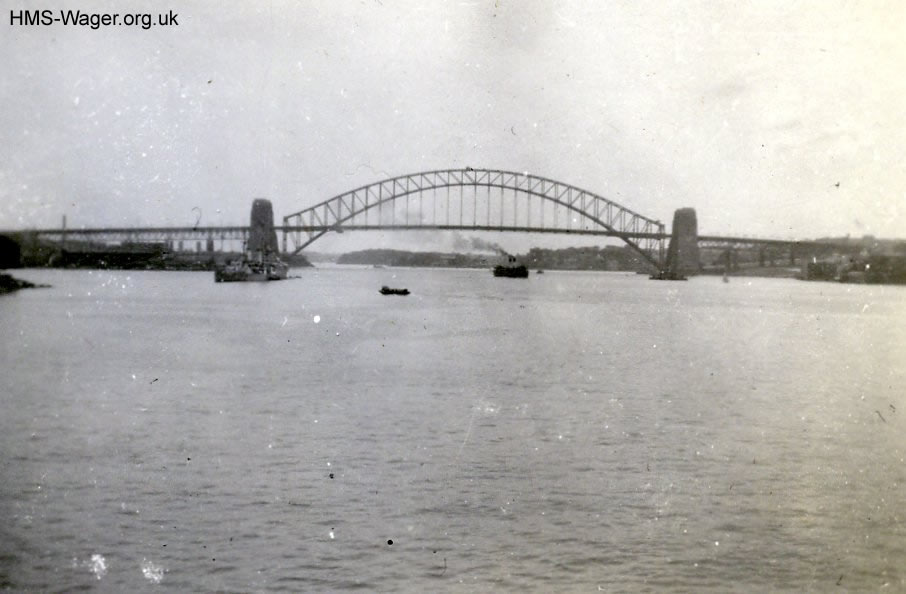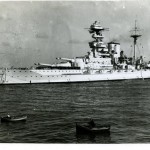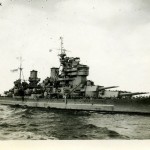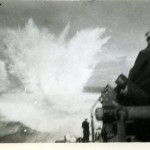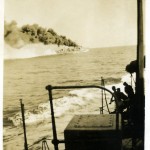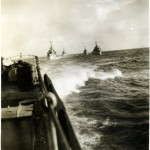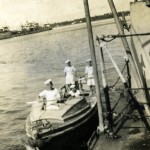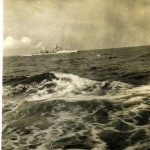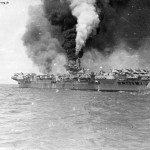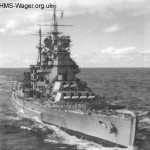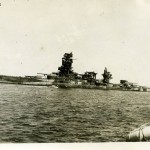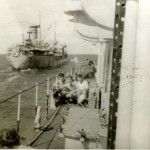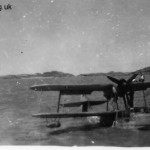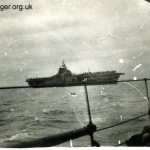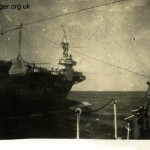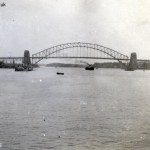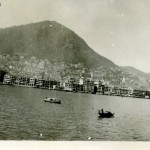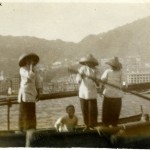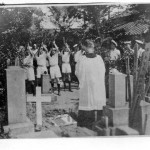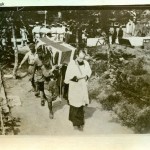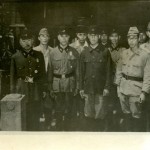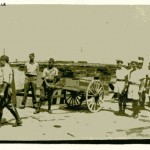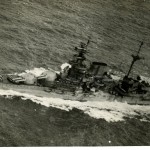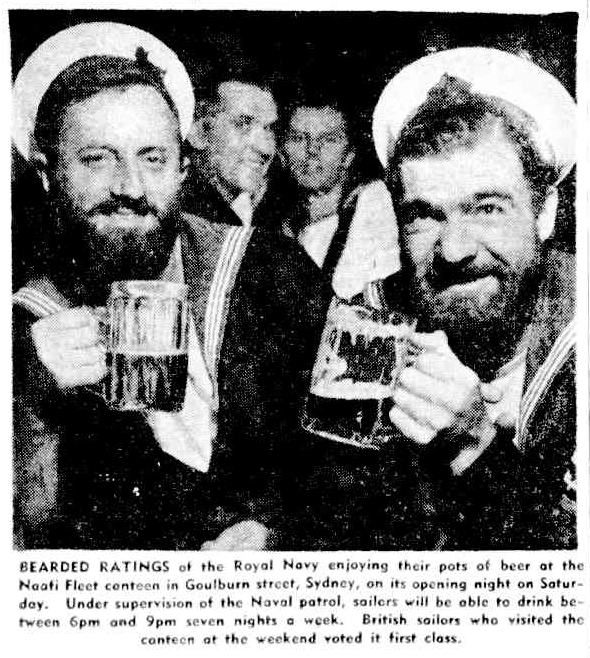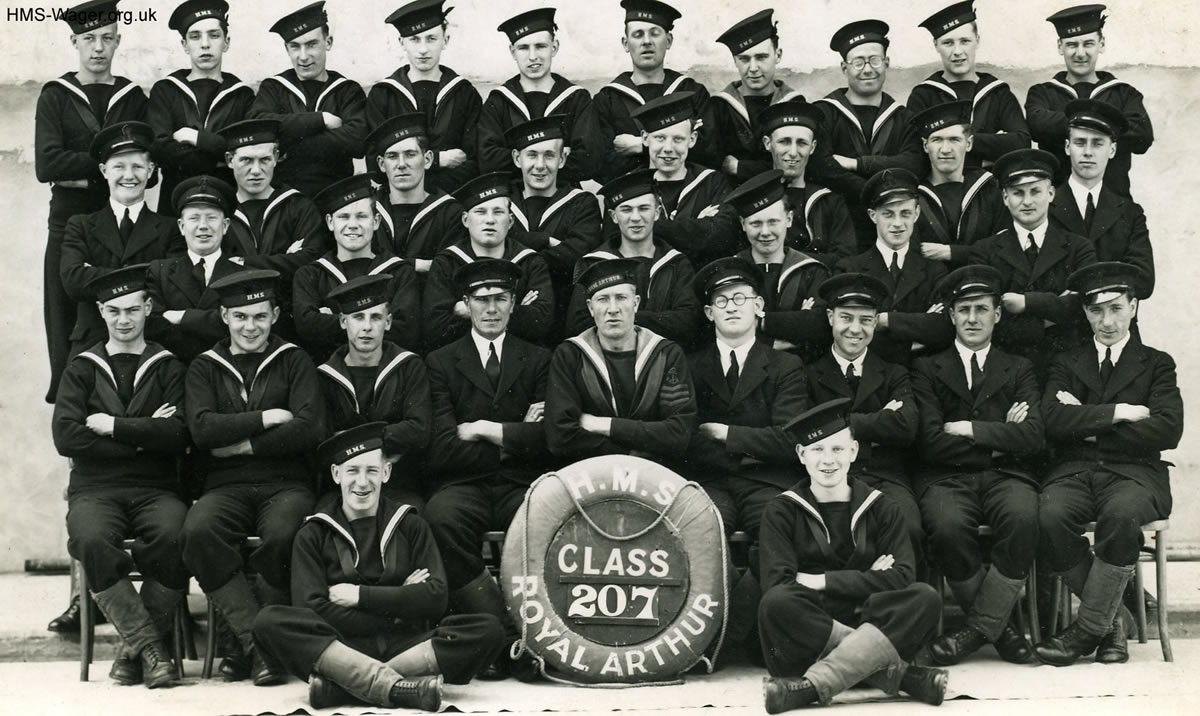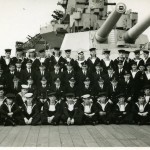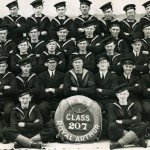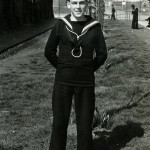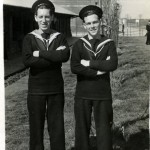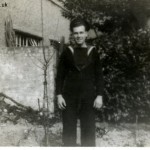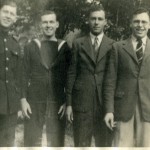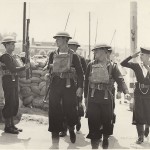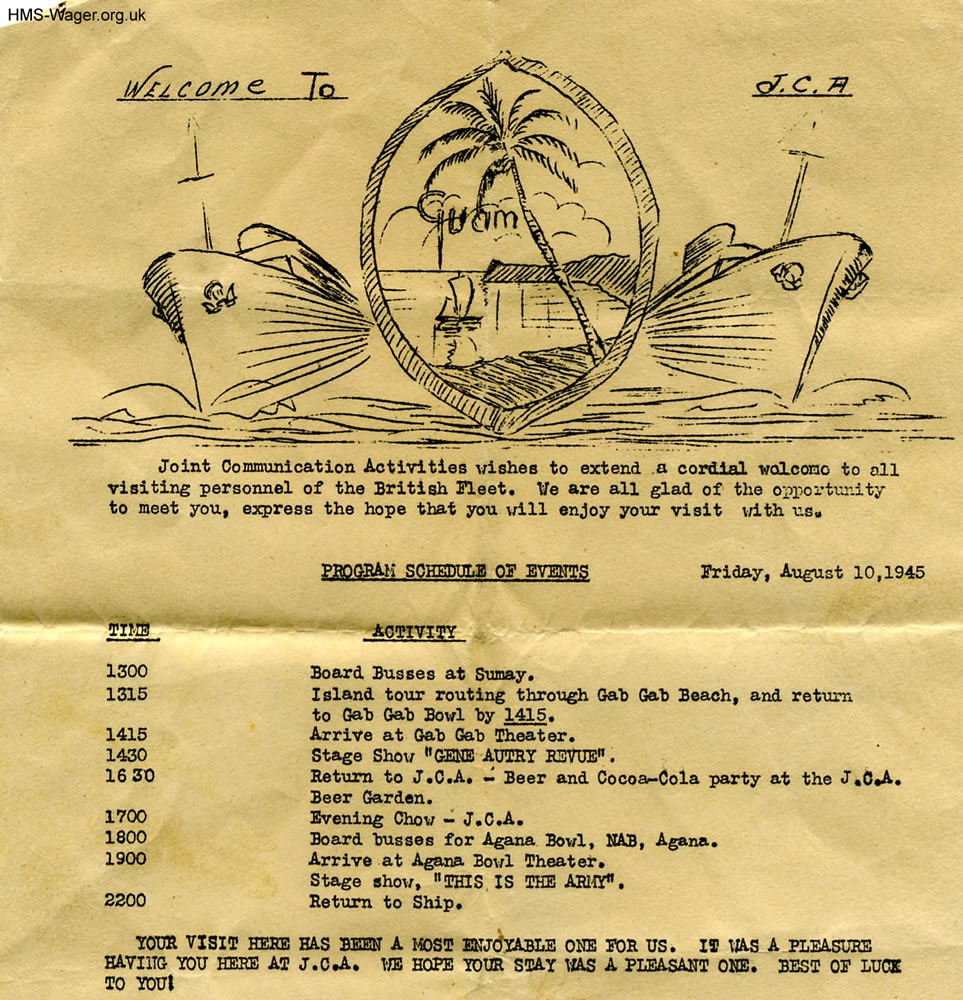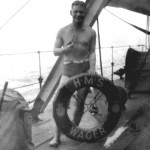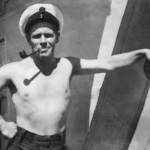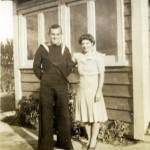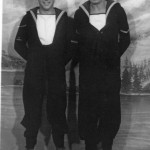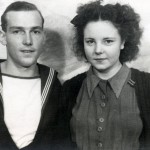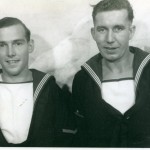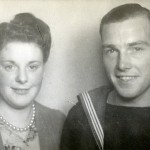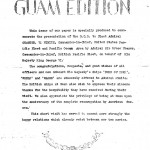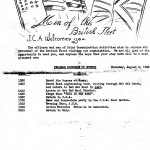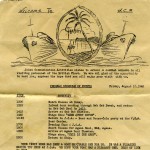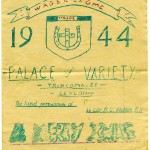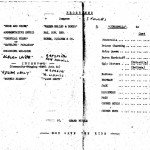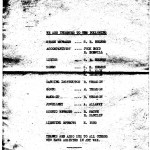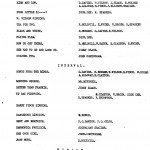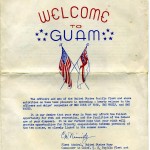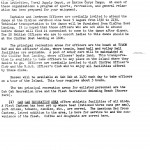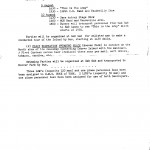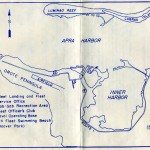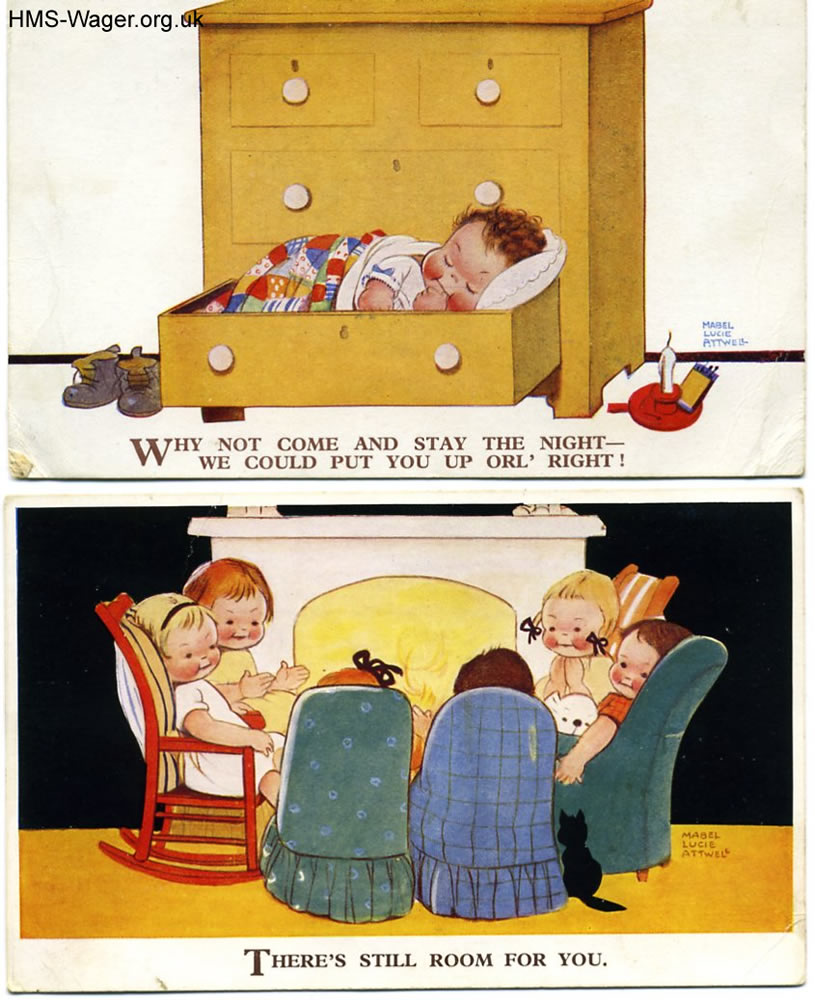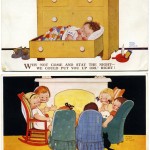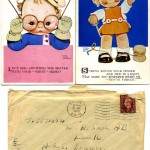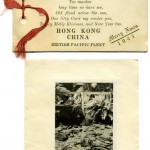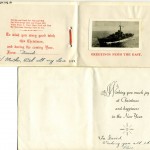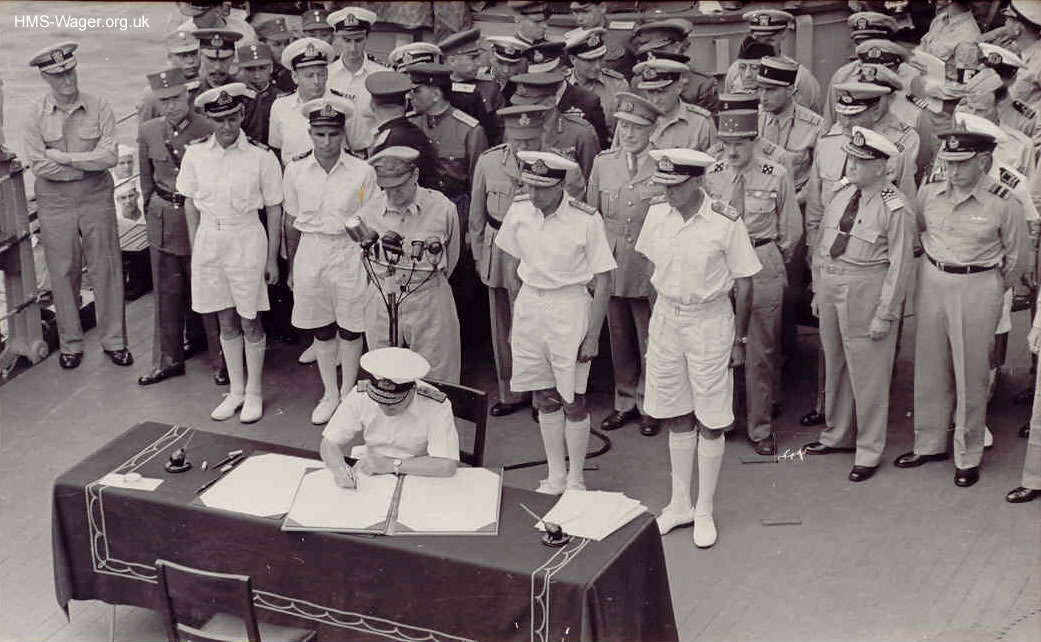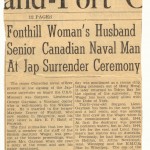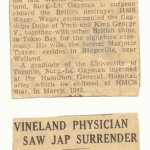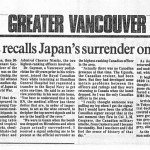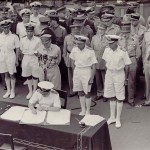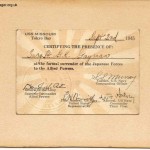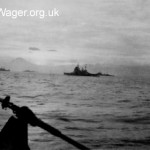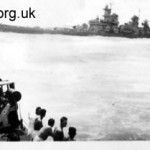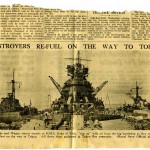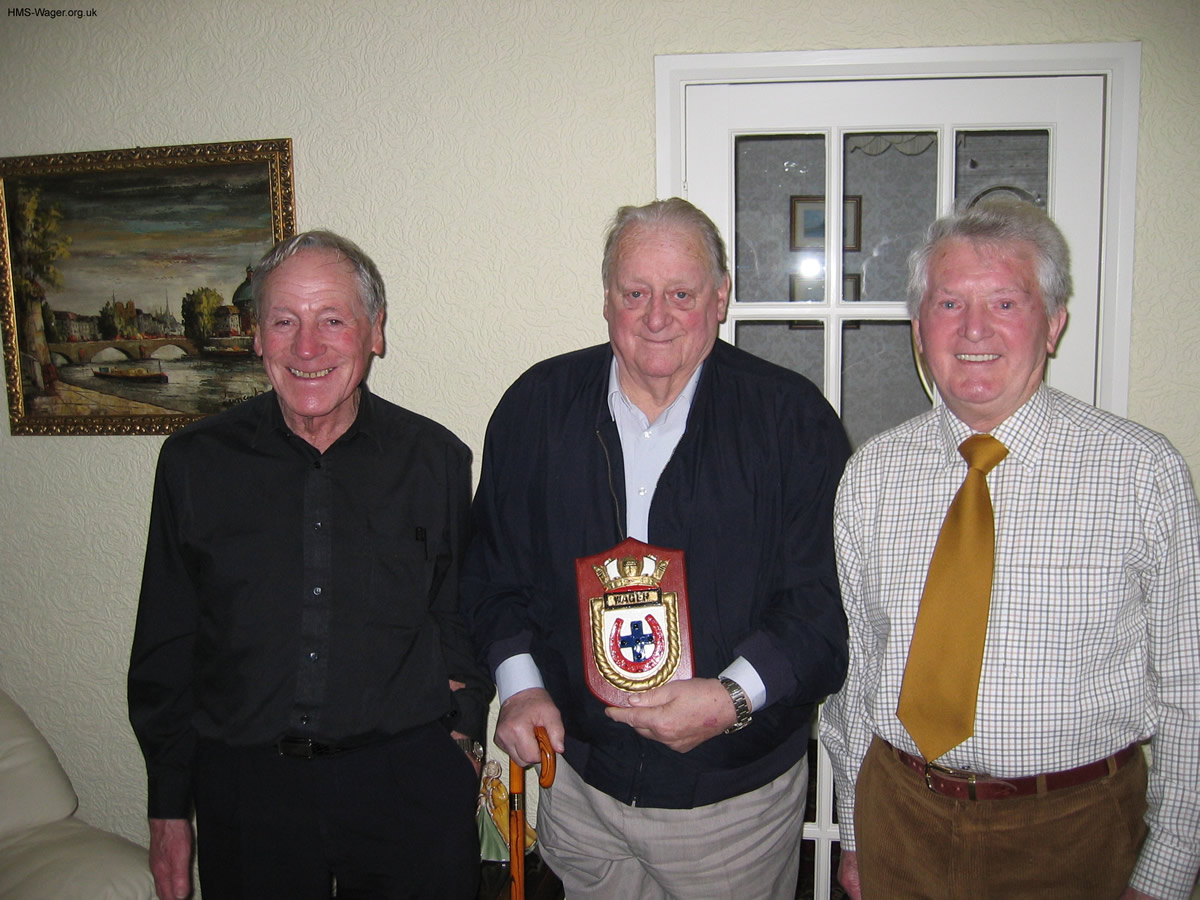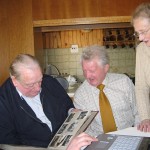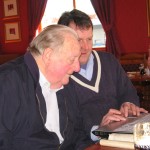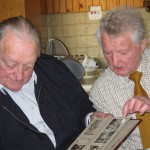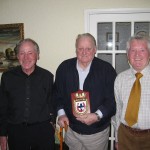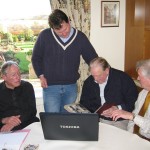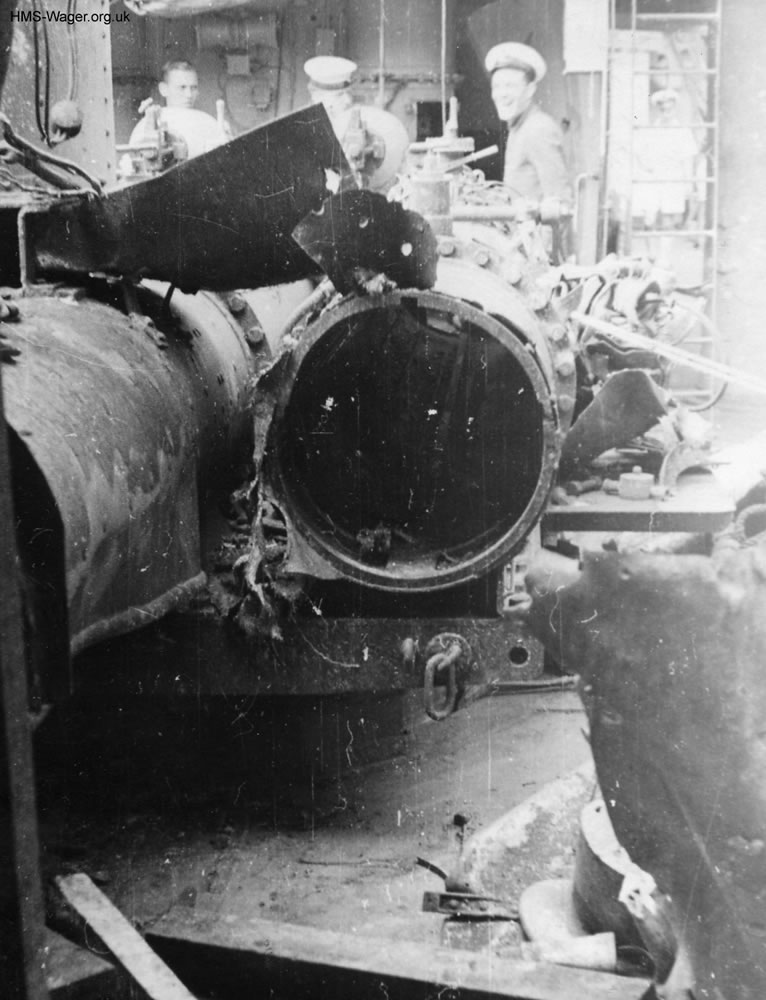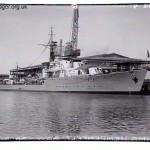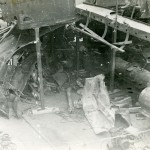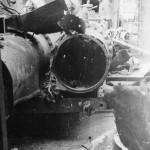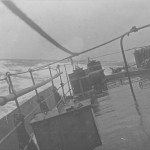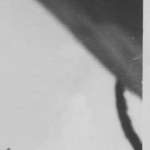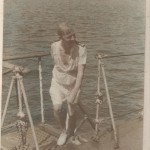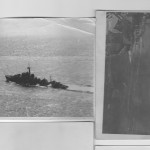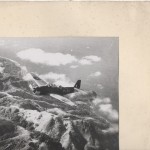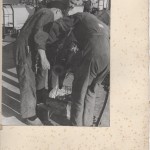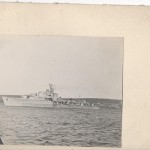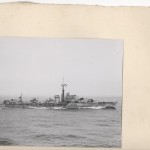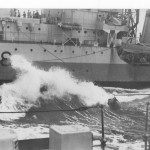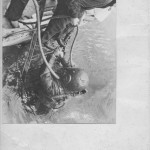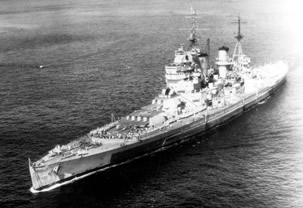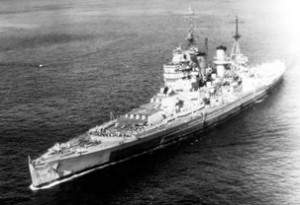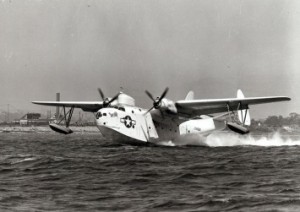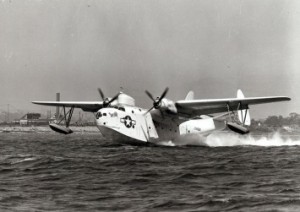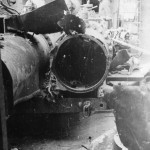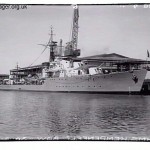All posts by Vince
Upside Down
Lester May writes:
The strange drinking hours Down Under in 1945 are recorded here (search for ‘Fleet Canteen’) – I remember Dad (Able Seaman (LTO) Wally May) saying that, not only was Sydney on the upside down part of the earth but the bars closed when ours opened and it was the first time he’d seen upside down (drop) handlebars on a bicycle.
So it was all upside down!
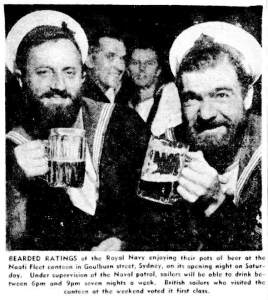
The caption reads: BEARDED RATINGS of the Royal Navy enjoying their pots of beer at the Naafi Fleet canteen in Goulburn street, Sydney, on its opening night on Saturday. Under supervision of the Naval patrol, sailors will be able to drink between 6pm and 9pm seven nights a week. British sailors who visited the canteen at the weekend voted it first class.
The man on the left is AB (LTO) Walter May and a one-badge Leading Seaman, presumably also from HMS Wager, is on the right.
Training and Before the High Seas
Rest and Recreation
Letters to and from Home
Tokyo Bay, USS Missouri and The Peace Treaty
Reunion Photos
HMS Kempenfelt
HMS King George V on passage for Tokyo Bay
Colour footage, dated 27 August 1945, of the battleship HMS King George V, probably on passage for Tokyo Bay – her escorts, the destroyers HMS Whelp and HMS Wager, are not featured. The flagship is flying huge ensigns for identity purposes, as the period between an enemy’s ending hostilities (15 August) and the signing of the instrument of surrender (2 September) is always a fragile peace. The US battleship is almost certainly USS Missouri going to the same place, just a week before the formal surrender.
Rescue of ditched allied airmen
Colour footage of ditched allied airmen in a dinghy in the Pacific. Destroyers like HMS Wager were frequently engaged in rescuing such young men, for subsequent return to their aircraft carrier. Note the green smoke as signal and the hand paddles. One of the rescued officers is an RNVR Sub-Lieutenant (wearing a ‘Wavy Navy’ stripe on his shoulder board). Though the first part of the footage is of American naval aviators, the newsreel conveys adequately the general idea of one of a destroyer’s roles during the War in the Pacific. The clip also conveys clearly just how young some of these flyers were – some were only 18 or 19 years old. It is not possible to tell the nationality of the other three young men as they appear in what are presumably borrowed fresh dry clothes after their ordeal but they seem likely to be Americans.
The British Destroyer
A history of the British Destroyer, a type of warship in service with the Royal Navy from 1893 to the present day.
Written by Lt Cdr Lester May RN.
Explosion on HMS Kempenfelt
HMS Kempenfelt was the leader of the 27th Destroyer Flotilla, of which HMS Wager was part. This album of photographs belonged to a member of her ship’s company and most were taken, it is thought, in 1944-45. Many certainly enhance the HMS Wager story, and some show sailors at work in a destroyer that was almost exactly the same in size and fittings and operated with the various ships in her flotilla.
The two extracts in the document below are taken from newspapers in Sydney about an accident that happened on HMS Kempenfelt in November 1945.
